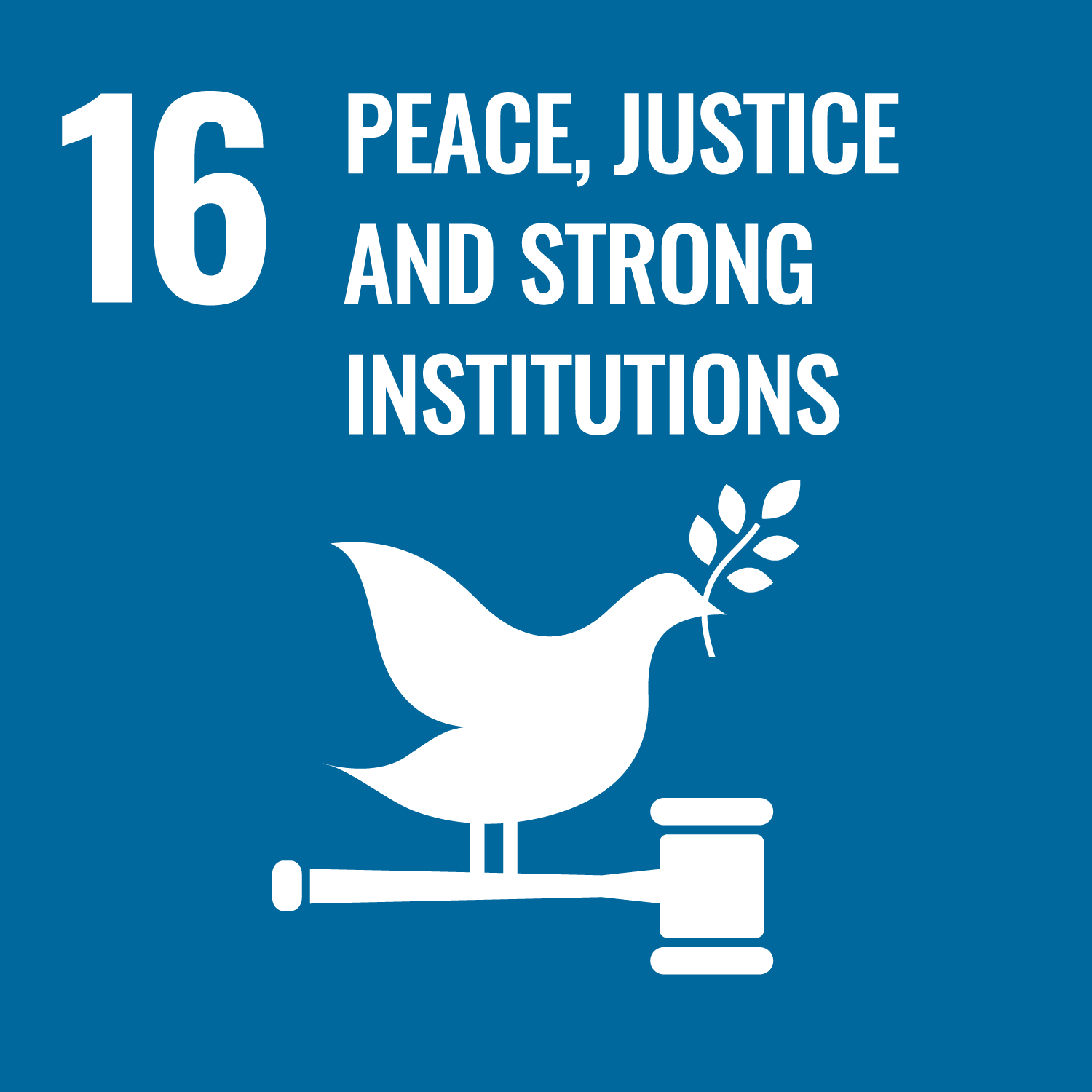A new research commentary led by Griffith University researchers highlights inequities between downstream and upstream countries that share the same watershed.
The study outlines how international agreements can better address shared resource problems and call for greater collaboration and coordination between these international neighbours.
Dr Caitlin Kuempel and Dr Andres Felipe Suarez-Castro, from Griffith’s Australian Rivers Institute, looked at ‘transboundary watersheds’ – i.e. main river basins that cross multiple country borders – to determine how sediment export produced in one country could reach neighbouring countries downstream.
“Global biodiversity targets have encouraged national conservation efforts to protect natural resources. However, biodiversity loss and its causes – such as poor water quality – do not follow human-made borders.”
Dr Caitlin Kuempel
Transboundary watersheds are widespread globally, with some watersheds crossing upwards of 13 countries.
The research team identified approximately 1,050 transboundary watersheds globally. More than 85% (193 of 226) of countries overlapped with a transboundary watershed, and in >25% of countries (58) all watersheds were transboundary.

“This highlights the need for strong management partnerships to share the costs and benefits of actions across country borders.”
Across 112 of transboundary watersheds identified, more than 70% of sediments were produced in a different country than the country where the sediment was discharged into the receiving water bodies.
Sediment from 117 (41% of 286) of these watersheds may reach coastal environments where pollutants may again travel across invisible geographical boundaries such as Exclusive Economic Zones (EEZ).
In 118 countries with land-sea run-off, more than 10% of sediments released from coastal pourpoints entered another country’s EEZ.
“We estimate that over 500 Mt (36%) of sediment released into coastal waterways travelled across multiple EEZs,” Dr Suarez-Castro said.
“This is an example of land use practices in one country that may cause downstream impacts in another country.

This research focused on watershed management practices, however the authors note that transboundary environmental issues span across ecosystems that create complex problems across various political and regulatory boundaries
The researchers recommended that for global conservation agreements to succeed, governments and institutions must coordinate and collaborate across these borders.
They suggest the Convention on Biological Diversity Kunming-Montreal Global Biodiversity Framework (GBF) could be leveraged to support and incentivise solutions to complex shared resource challenges and provide specific conservation targets that could be used to incentivize and finance action.
The GBF should support and collaborate with the UN Sustainable Development Goal (SDG) 6.5 to further motivate widespread reporting on transboundary indicators and promote stakeholder engagement across jurisdictions.
The piece ‘Opinion: The Global Biodiversity Framework can be leveraged to better manage transboundary watersheds’ has been published in PNAS.














